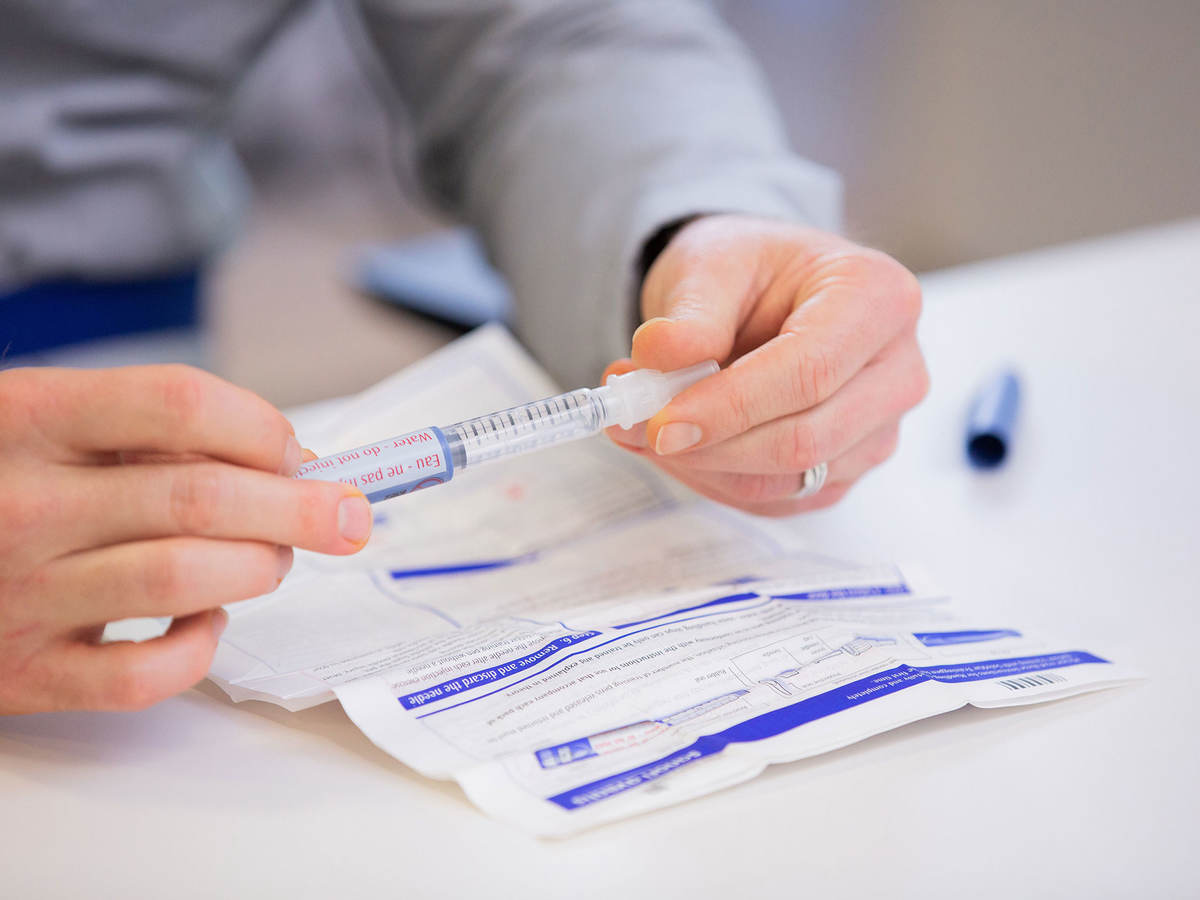April 20, 2020
A large part of ensuring that a medical device is suitably designed for its intended purpose (discussed in Part Two of our series on human factors engineering and the European Medical Devices Regulation (MDR)) is to identify and evaluate the risks associated with use of the product. Here, in the third blog post of this series, we will discuss how to identify and evaluate use-related risks, which include consideration of the user as well as other equipment used with your product.
As with the European Medical Devices Directive (MDD), the MDR expects usability engineering to be incorporated into the overall risk management and device development process. However, there are a few new considerations.
Identify and evaluate use-related risks
Manufacturers should consider all risks associated with user interactions with their medical devices. Such use-related risks might result from the user failing to perceive (e.g., see, hear) information from the device user interface; interpret or understand this information; or act accordingly with the device. Associated hazards that could lead to such use-related risks could include--to name a few--unintuitive device components, excessive physical or cognitive ability requirements for task performance, and inconspicuous warning messages.
A multitude of activities can help manufacturers develop a comprehensive list of use-related risks, which will notably evolve throughout the device’s lifecycle. During device development, use-related risks can be identified through task analyses, formative usability tests, failure mode effects analyses, and searches for known problems with predicate devices, other similar devices, and devices with similar user interfaces. During post-production, manufacturers should conduct post-market surveillance to gather data on use-related issues with the actual product.
In the MDD, the identification and evaluation of use-related risks was limited to those that might occur with intended use of the medical device. However, the MDR now states:
“Manufacturers shall...(c) estimate and evaluate the risks associated with, and occurring during, the intended use and during reasonably foreseeable misuse.”
As such, manufacturers are required to consider risks not only associated with intended use (i.e., proper use according to the manufacturer’s specifications and instructions), but also reasonably foreseeable misuse. Depending on the particular product, reasonably foreseeable misuse might include device use by unintended users, on an unintended patient population, on an unintended body part, or for unintended purposes. Understandably, manufacturers cannot be expected to imagine every possible instance of misuse, but should at least consider those that are readily predictable. This should be informed by the aforementioned usability activities and human factors expertise. Notably, abnormal use (i.e., intentional or reckless use) is generally considered out-of-scope, as it cannot be controlled, even with the thorough application of usability engineering practices.
Consider the user when reducing risks
Once the use-related risks of your device have been identified, they must be reduced or eliminated (i.e., mitigated) as far as possible, considering the ratio between benefit and acceptable risk. The MDR requires that devices must be designed and manufactured in a way such that they are suitable for their intended uses.
The MDR states it is important to consider the intended user of the device when reducing risks. Specifically, the requirements state:
In eliminating or reducing risks related to a use error, the manufacturer shall:
“(a) Reduce as far as possible the risks related to the ergonomic features of the device and the environment in which the device is intended to be used (design for patient safety), and
(b) Give consideration to the technical knowledge, experience, education, training and use environment, where applicable, and the medical and physical conditions of intended users (design for lay, professional, disabled or other users).”
The user should be taken into consideration throughout the device development process when reducing risks. At first, this can be done by describing the intended users of the device as user profiles. These profiles should include details of users’ physical, cognitive, and sensory capabilities, as well as their limitations, which may or may not be attributed to a patient’s medical condition. For example, patients with rheumatoid arthritis may have physical impairments such as joint pain or morning stiffness that could impact device use. Healthcare professionals such as doctors and nurses may be overworked and have shift work. This can result in fatigue that could affect device interactions, performance, and attention to detail. Along with users’ physical, cognitive, and sensory capabilities, it is also important to consider the knowledge and experience of the intended users and how it can affect device use. For example, healthcare professionals are likely to have more training with medical conditions and certain devices compared to laypeople. These differences should be considered in their respective user profiles when developing a device to be used by both.
An ergonomic assessment of your device which takes into account these characteristics of the intended users, as well as the intended use environment, is another good step. For example, a person with Parkinson’s disease may find it more difficult to push a button or pull a lever due to their medical condition. Therefore, it is important to assess the force that would be required to conduct such tasks.
Consider the entire system when reducing risks
In addition to considering the intended users when reducing risks, the MDR requires consideration of not only the medical device itself, but other devices that might be used in combination with it.
The MDR states:
“If the device is intended for use in combination with other devices or equipment, the whole combination, including the connection system shall be safe and shall not impair the specified performance of the devices.”
This means that manufacturers need to consider the potential use errors associated with using their device (e.g., infusion pump) with other products (e.g., infusion line) in a system context. For example, when thinking about a medical device in the context of the entire system, manufacturers might consider the following: Do users need to make sure that they only use the device with certain other devices (e.g., compatible electrosurgical unit, needle)? Do users need to ensure that they correctly connect the device to other equipment (e.g., patient lines, laboratory information system)? If the device is to be used simultaneously with other devices, could it potentially create user confusion (e.g., perception of alarm tones)?
Any identified “system-related” use errors should be reflected in the device’s use-related risk analysis, and the relevant ‘system-related’ mitigations should be validated in a usability test.
Concluding remarks
In summary, when identifying and evaluating use-related risks, manufacturers should properly consider the user and the overall system when identifying and evaluating these risks. The next blog in our series will discuss how manufacturers can implement mitigations or design controls to reduce such use-related risks, specifically by means of designing user-friendly displays and informational resources.
Tricia Gibo is Senior Human Factors Specialist and Alexandra Sterritt is Human Factors Associate at Emergo by UL’s Human Factors Research & Design division.
Learn more about EU MDR compliance and medical device human factors issues:
- HFE user research for medical devices and IVDs
- Medical device usability training and consulting
- EU MDR compliance preparation and resource center
- Webinar: Europe’s MDR and human factors
Request more information from our specialist
Thanks for your interest in our products and services. Let's collect some information so we can connect you with the right person.







